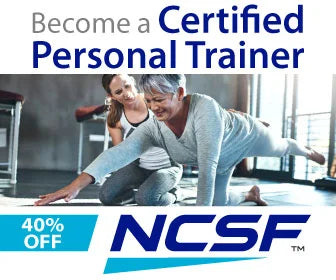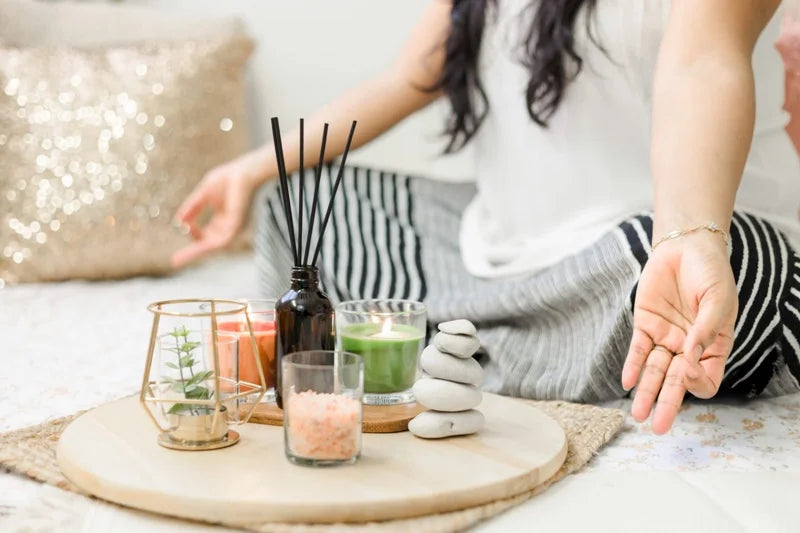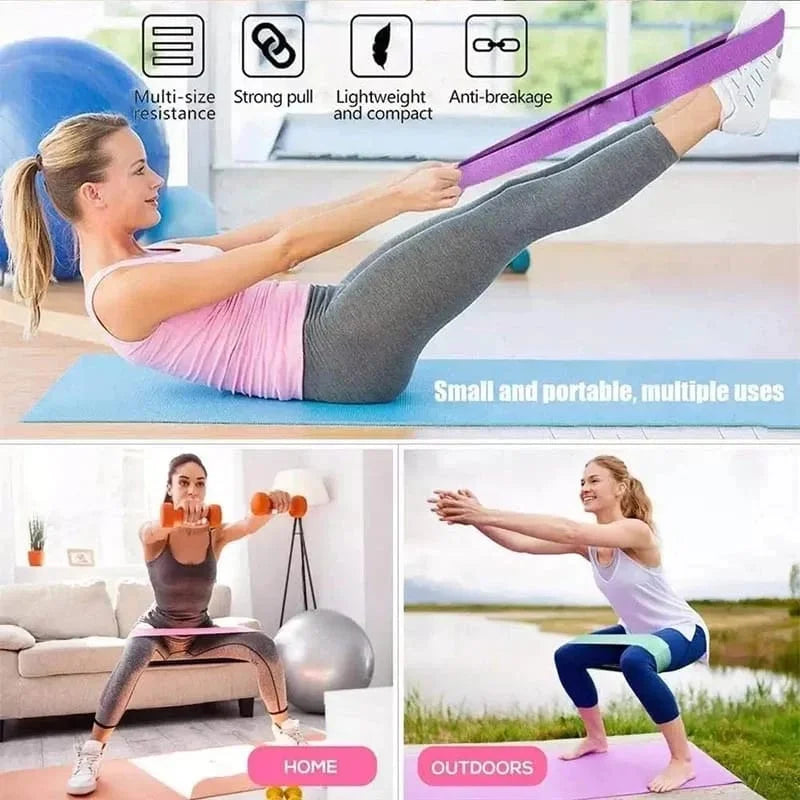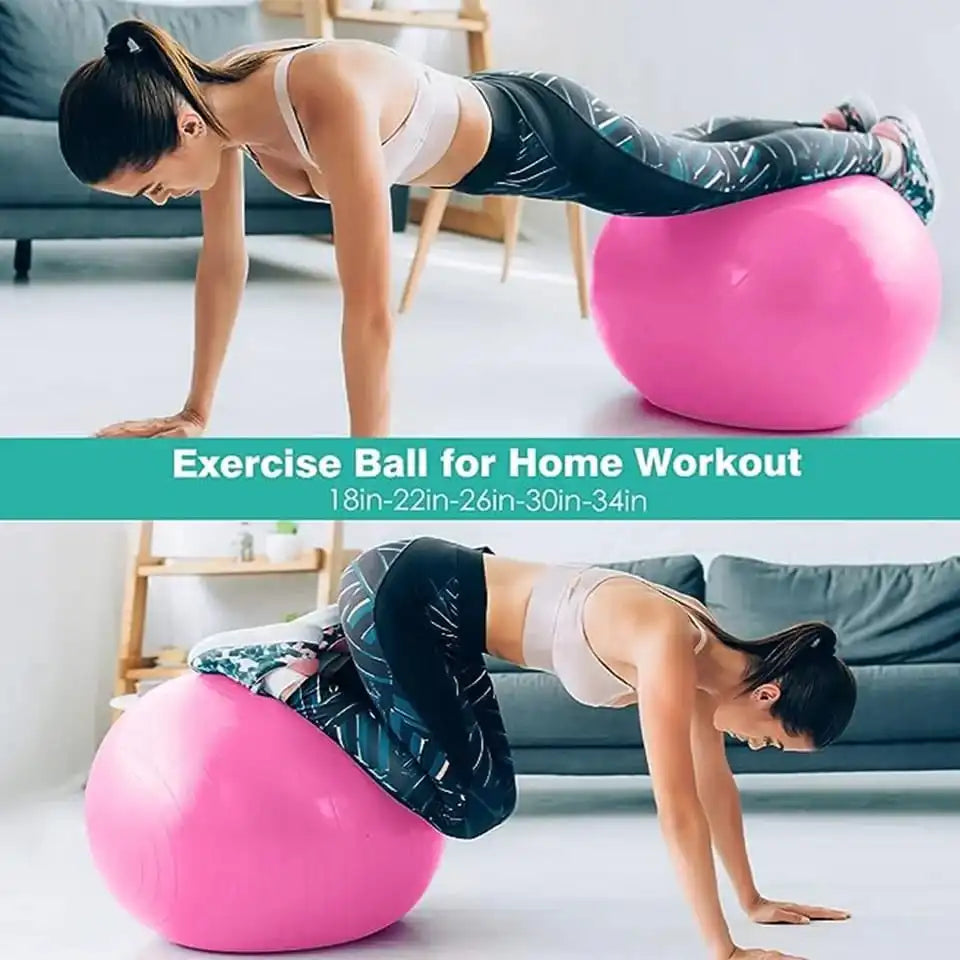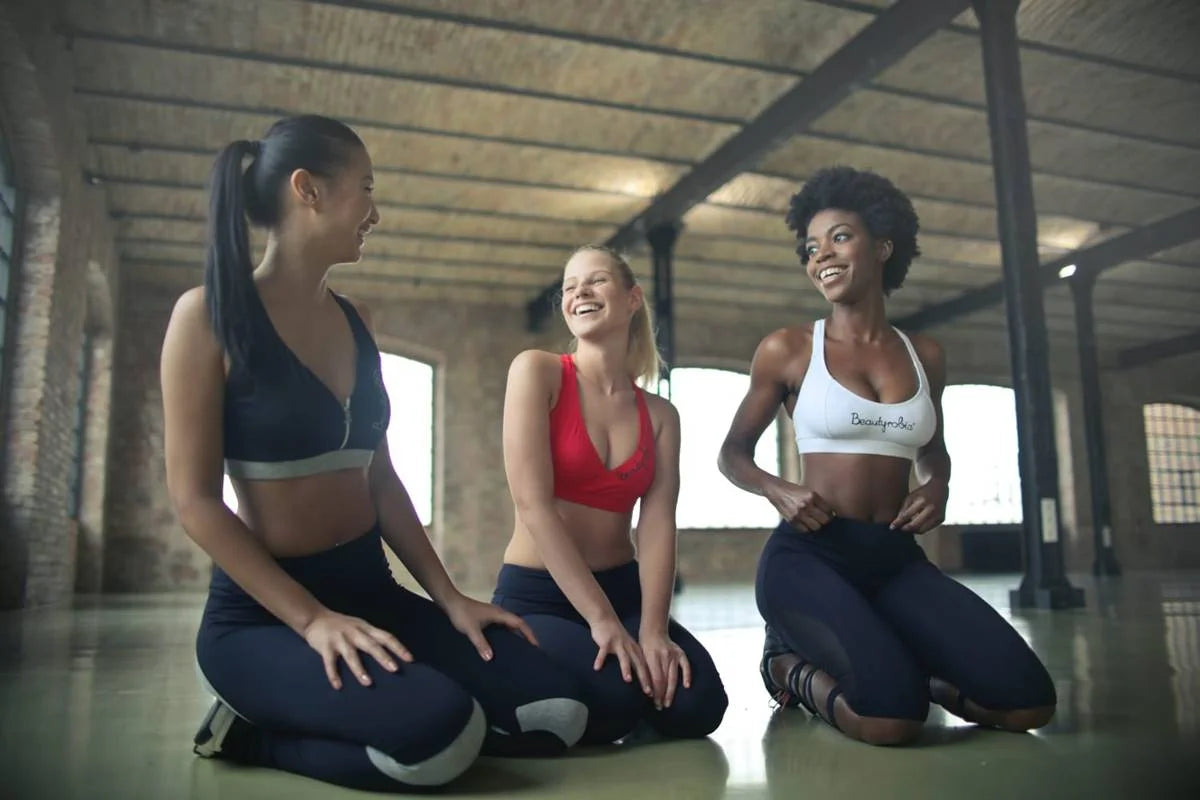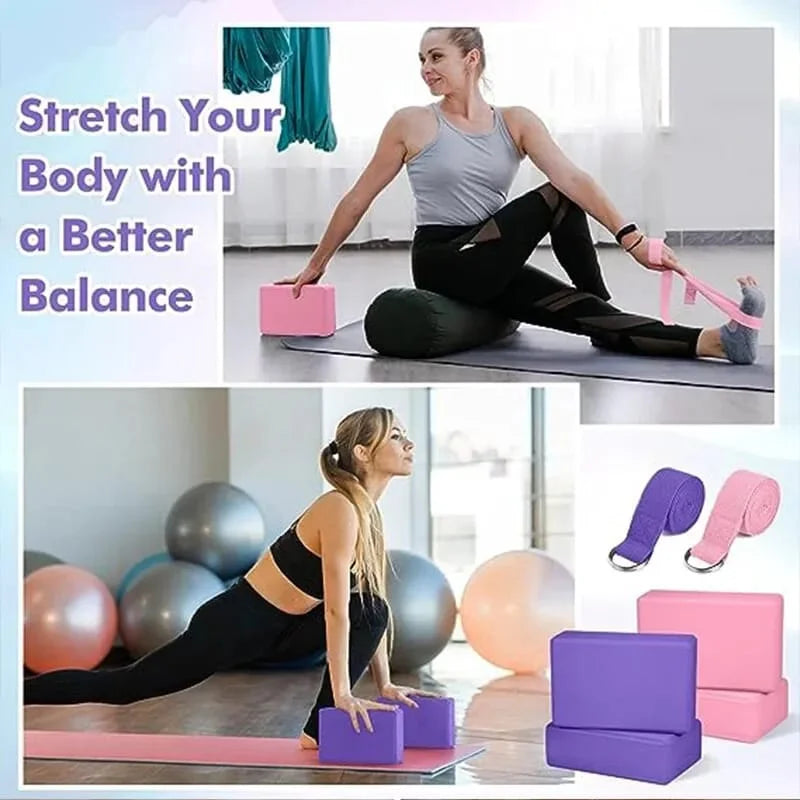Wall Pilates is a variation of traditional Pilates that uses a wall for support during exercises.
This practice is ideal for beginners and advanced practitioners alike, offering additional stability and resistance, which helps with alignment and core engagement. It also serves as a great way to improve posture, flexibility, and strength.
The wall becomes a tool that aids in maintaining proper form and balance throughout the workout.
Benefits of Wall Pilates
-
Improves Core Strength: Like traditional Pilates, Wall Pilates focuses heavily on core strength, but the wall provides extra stability, helping you engage your core muscles more effectively.
-
Enhances Flexibility: The wall allows you to deepen stretches while maintaining balance, which can improve overall flexibility.
-
Better Alignment: Using the wall as a guide can help improve your alignment and posture by making sure you're positioning your body correctly.
-
Low-Impact: Wall Pilates is gentle on the joints, making it suitable for individuals who prefer low-impact exercises.
-
Increases Stability and Balance: By utilizing the wall, you challenge your balance and stability, enhancing coordination over time.
-
Great for Beginners: The support of the wall makes many Pilates exercises more accessible for beginners who may need extra assistance with balance or strength.
Common Wall Pilates Exercises
-
Wall Roll-Downs:
- Stand with your back against the wall, feet hip-width apart.
- Slowly roll down, vertebra by vertebra, reaching for your toes, then roll back up.
- Helps with flexibility and spine mobility.
-
Wall Bridge:
- Lie on your back with your feet pressed against the wall and knees bent.
- Lift your hips off the ground, forming a bridge position, then lower them back down.
- Strengthens the glutes, hamstrings, and core.
-
Wall Squats:
- Stand with your back against the wall, feet hip-width apart.
- Slowly slide down the wall into a squat position and hold for a few seconds before sliding back up.
- Strengthens your legs and engages your core.
-
Leg Circles:
- Lie on your back with your legs extended, one foot pressed against the wall for support.
- Raise the opposite leg and make small circular motions.
- Helps to tone the legs and strengthen the core.
-
Wall Plank:
- Stand facing the wall, place your hands on it, and walk your feet back until you’re in a plank position.
- Hold this position to engage your core, arms, and shoulders.
-
Wall Side Leg Lifts:
- Stand next to the wall for support and lift one leg sideways while maintaining balance.
- Strengthens the outer thighs and improves hip mobility.
Tips for Practicing Wall Pilates
- Focus on Form: Just like regular Pilates, proper form is essential for getting the most out of Wall Pilates. Engage your core and keep your movements controlled.
- Use the Wall for Support: Don’t be afraid to lean into the wall for extra stability as you progress through the exercises.
- Modify When Needed: Wall Pilates can be modified to suit your fitness level. Take advantage of the wall to assist in balance or deepen stretches as needed.
- Control Your Breathing: Pilates emphasizes mindful breathing, so ensure you’re breathing in and out through your nose and mouth, in sync with your movements.
Wall Pilates offers a refreshing way to practice Pilates with the added support of a wall, making it an excellent choice for improving strength, flexibility, and balance.

